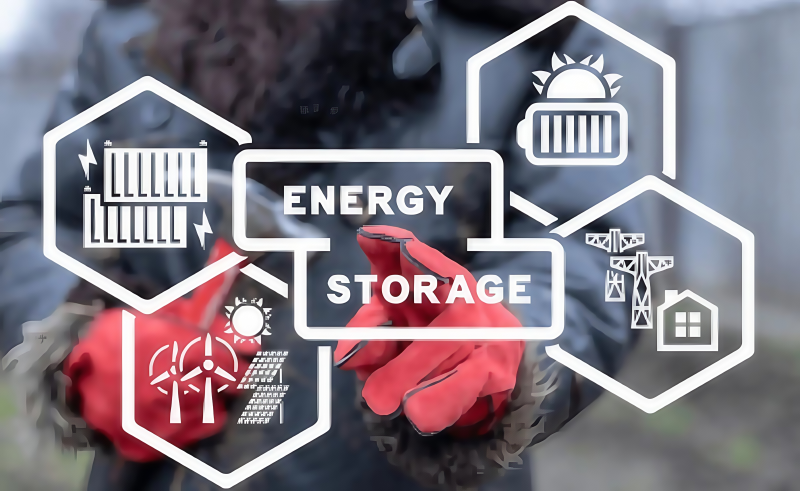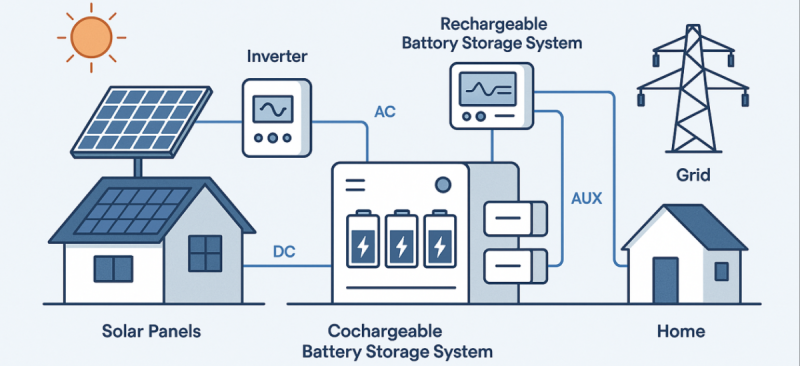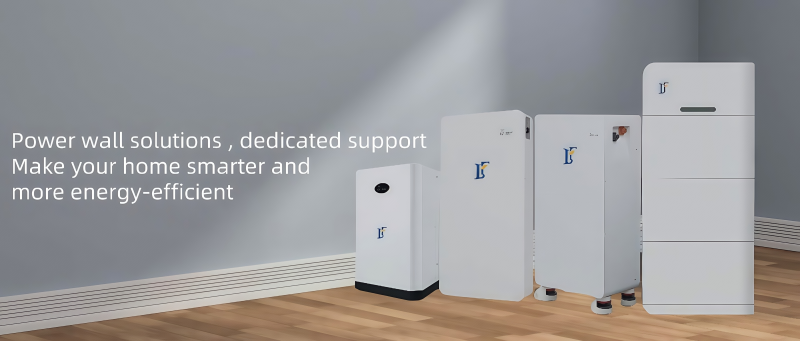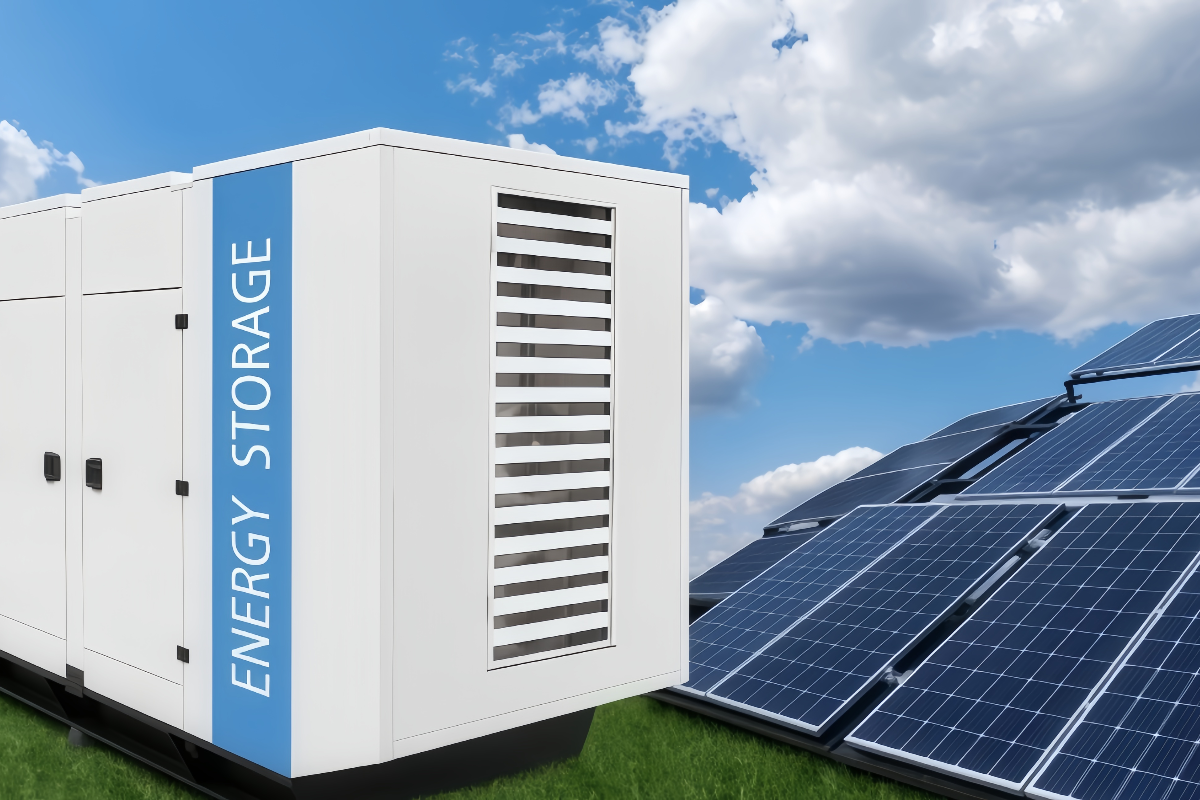A Comprehensive Introduction to Battery Energy Storage Systems
Battery Energy Storage Systems (BESS) play a key role in today’s energy transition. As demand for renewable power increases, more homes and businesses install BESS to enhance energy use. These systems improve power reliability, boost efficiency, and support smarter, greener energy management across various applications.
What Is a Battery Energy Storage System (BESS)?
A battery energy storage system (BESS) combines batteries, chargers, control devices, power conditioning systems and related accessories.It captures electricity from the grid or renewable sources like solar and wind, then stores it for later use. Acting as an “energy bank” for homes and businesses, BESS ensures a stable and continuous power supply whenever needed.
As society shifts away from fossil fuels, BESS plays a vital role in providing continuous power. It supports homes, businesses, public facilities, and large commercial buildings. Today, lithium-ion batteries power most BESS systems due to their efficiency and longevity. Their widespread use also drives growth in electric vehicles worldwide.

Why Are Battery Energy Storage Systems So Important?
The importance of Battery Energy Storage System goes far beyond simply serving as a backup power source. Its value spans multiple dimensions:
- Energy Independence: BESS provides a reliable backup power supply independent of the grid. In the event of a grid failure or unstable power supply, BESS can seamlessly switch over to ensure that critical appliances and systems remain operational.
- Maximizing Renewable Energy Utilization: For example, excess solar power generated during the day can be stored and used at night or during cloudy weather. This enables 24/7 access to green energy and ensures that every unit of electricity is fully utilized.
- Economic Efficiency: By charging during off-peak hours when electricity rates are low and discharging during peak hours when rates are high—known as “peak shaving and valley filling”—BESS can significantly reduce electricity costs. In some regions with supportive policies, users can even sell excess electricity back to the grid, generating additional income.
Additionally, the energy stored by solar-based BESS can replace conventional backup power sources. Large-scale integration of battery storage systems can help local, national, and global efforts to achieve net-zero carbon emissions and ensure a steady flow of renewable energy even when natural sources are insufficient.
How Does a Battery Energy Storage System Work?
The operation of a BESS is intelligent and automated. Here’s how a typical solar-powered home system works:
- Energy Generation: During the day, rooftop solar panels generate direct current (DC) electricity.
- Priority Use: An inverter converts the DC electricity into alternating current (AC) for immediate use by household appliances.
- Energy Storage: When energy generation exceeds current consumption, the surplus electricity is automatically stored in the BESS battery pack.
- Energy Release: At night, on cloudy days, or during power outages, the BESS automatically releases the stored energy to power the home.

An advanced Energy Management System (EMS) manages the entire process and optimizes energy efficiency and usage.
In addition to understanding how BESS operates, users should recognize that the technologies behind these systems are highly sophisticated. Both homeowners and commercial operators follow the same logic: they rely on automated battery algorithms to manage power generation and use intelligent control systems to decide how to deploy stored energy. During peak usage periods when electricity rates are highest, users draw on stored energy to reduce costs. This approach is especially important because most buildings still depend on the grid at times, as achieving 100% renewable energy self-sufficiency is rarely feasible. Moreover, when the battery reaches full capacity, users can sell excess electricity back to the utility provider using advanced BESS equipment.
Beyond the real-time analysis and control provided by the EMS, BESS systems use inverters to convert the DC energy from renewable sources into AC power for preset applications.
Applications of Battery Energy Storage Systems
BESS has a wide range of applications. For residential users, it not only provides backup during power outages but also enables energy independence and optimized electricity costs.
Commercial and industrial users can use BESS to:
- Reduce peak demand charges by lowering maximum power consumption levels.
- Disconnect from the main grid when necessary and operate as a standalone microgrid.
- Shift loads by using stored energy during periods of high electricity prices.
- Participate in demand response programs, earning incentives while supporting grid stability.
Choosing the Right BESS Solution
BESS is a powerful tool for achieving practical, cost-effective, and environmentally friendly smart energy use. However, successful implementation depends heavily on selecting the right equipment.
For example, most residential users opt for integrated hybrid systems. These systems (e.g., LF-GMAIO3-6k) typically feature a 6kW hybrid inverter and a 5.12kWh lithium battery connected to a PV array. They convert DC energy into AC for home use or to sell back to the grid. With a battery capacity of 5,120Wh, they provide sufficient backup power during outages or times when solar generation is unavailable. Users can operate these compact systems in grid-tied, off-grid, and backup modes, and monitor them remotely via a mobile app.Importantly, they often feature expandable battery designs to accommodate future energy needs.
For users with higher electricity demands or commercial premises, larger capacity systems such as the LF-GMAIO3-12k may be more suitable. These come with a robust 12kW hybrid inverter and a 15kWh battery pack, capable of powering multiple high-energy appliances simultaneously. Their ultra-fast switchover time (less than 20 milliseconds) ensures uninterrupted power supply, making them ideal for environments requiring extreme reliability.
Conclusion
Whether you are running a business or managing a household, transitioning to renewable energy is an inevitable trend—and BESS is one of the core technologies enabling this transformation. To achieve affordable and reliable energy use, installing a battery energy storage system should be a top priority.
If you’re looking to improve your energy efficiency or build a more stable and economical power system for your home or business, exploring and configuring a tailored BESS solution is a wise move. Our expert team is available to provide further consultation and help you plan and select the most suitable storage system based on your specific needs.

The journey toward a net-zero future begins now!!!

